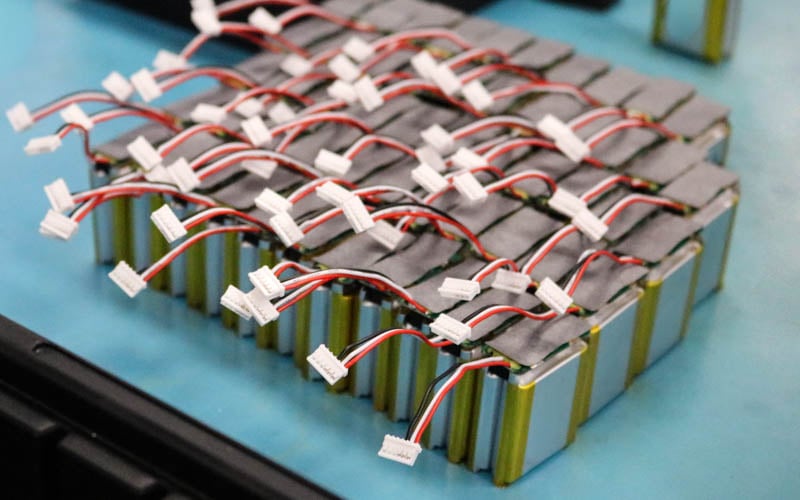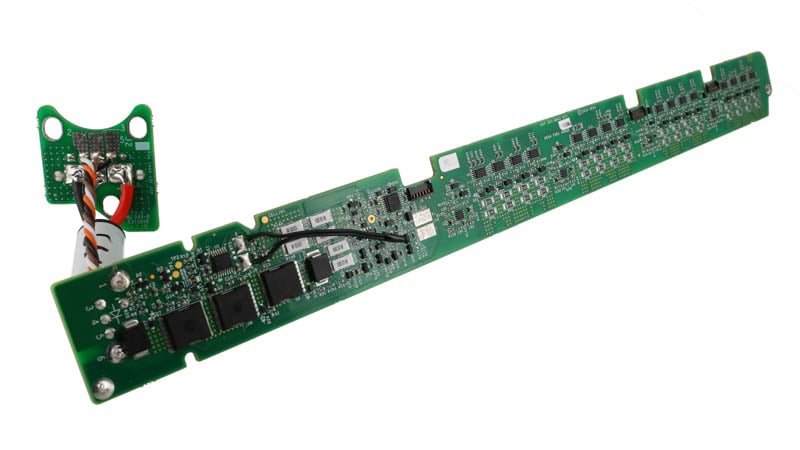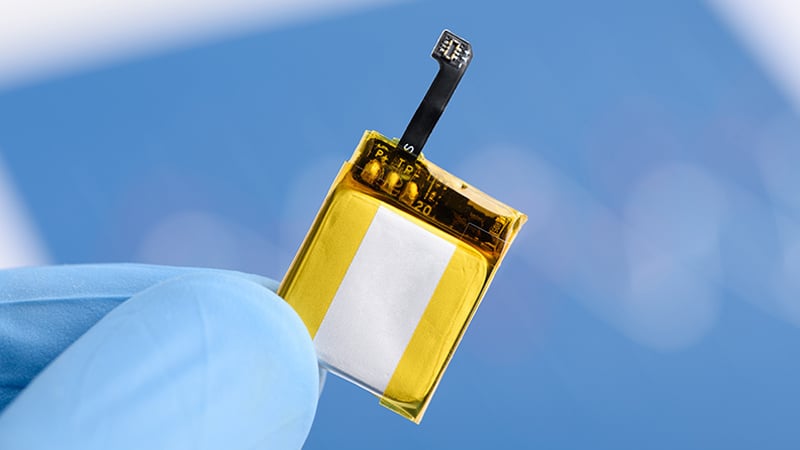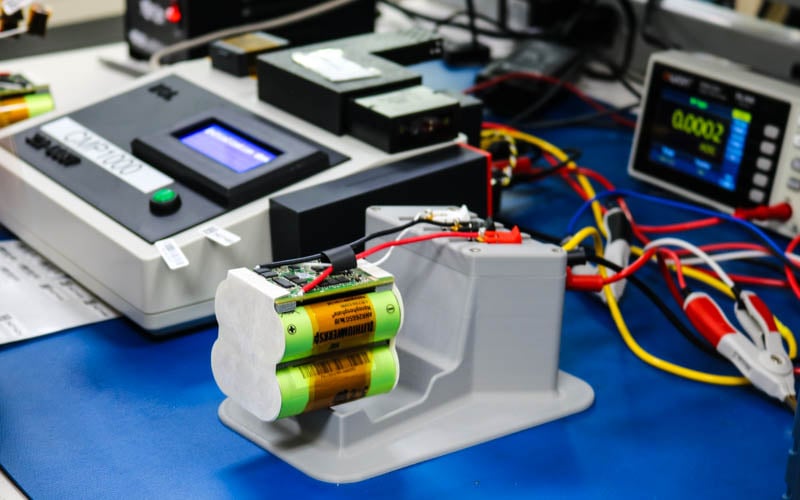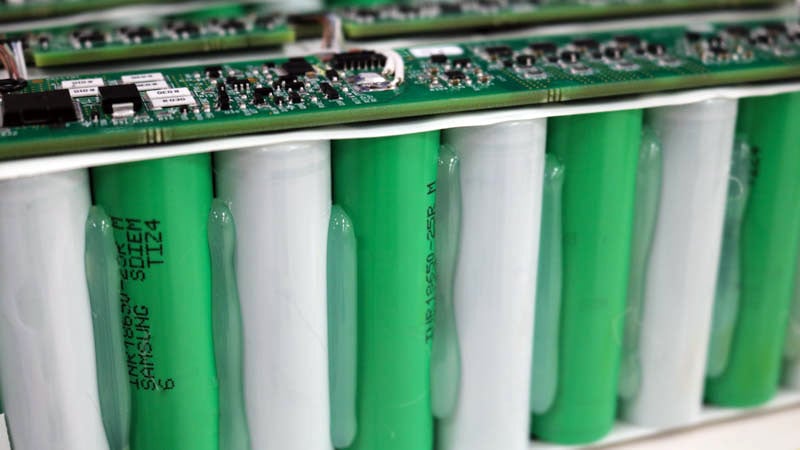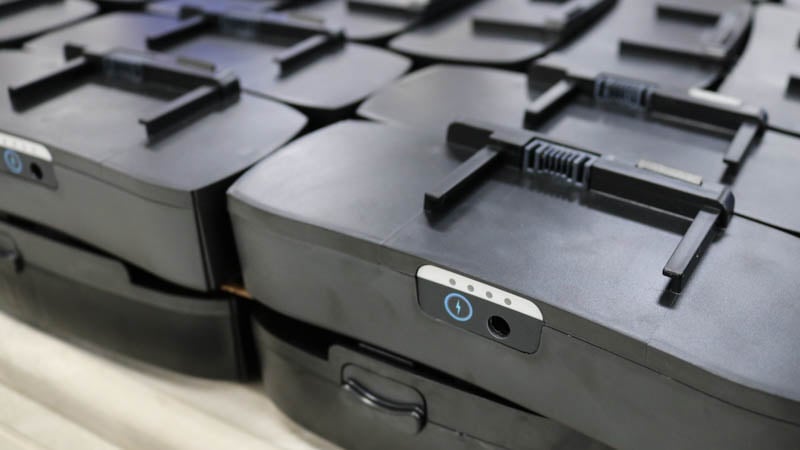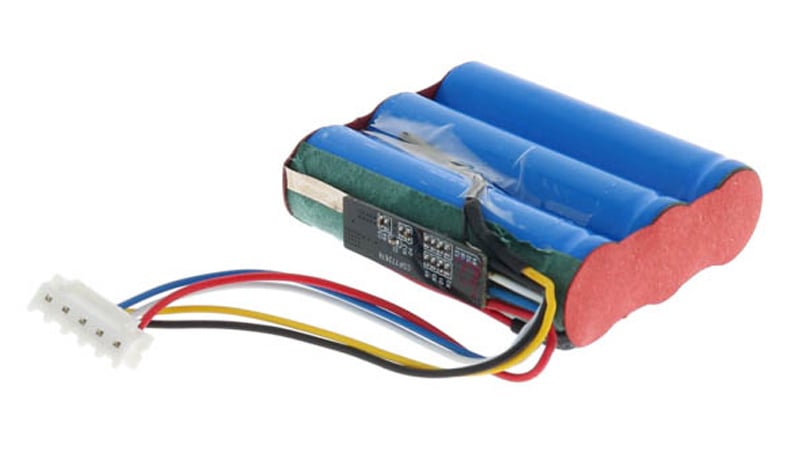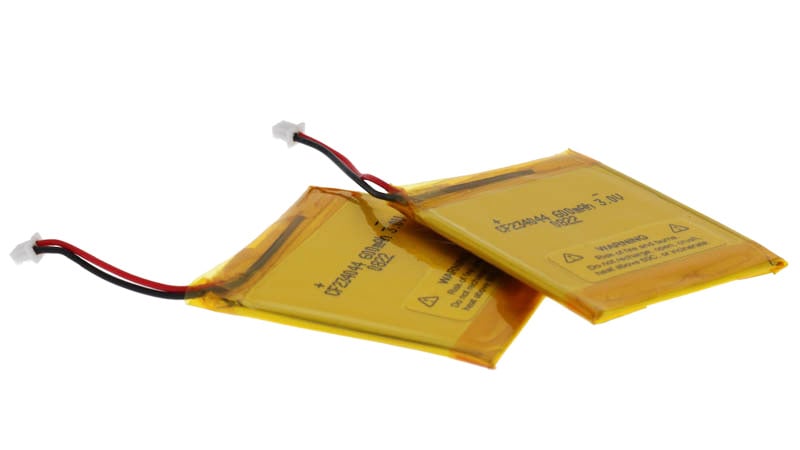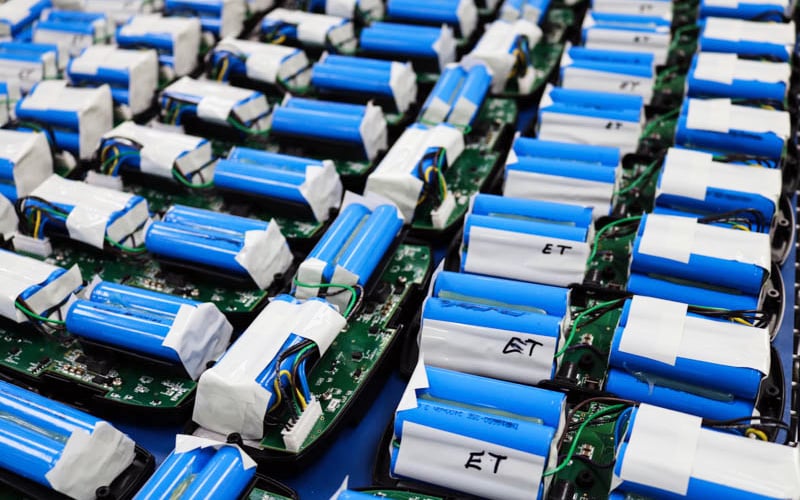Every device requires unique power and energy needs, whether it requires a strong jolt of power when starting up or a steady amount of energy for long periods of work activity. Yet factors such as aging, degradation, extreme temperatures, and severe discharging events can impact the available capacity of a battery cell.
Anton Beck

Recent Posts
Lithium-based battery packs require battery management systems (BMS) to monitor important functions. These functions include the temperature, voltage, current, charging/discharging rates, capacity, and the overall health of the batteries. If an issue arises, such as high temperatures or overcharging, the BMS collects the data and sends it to the device's control system.
Newer technological devices require battery cells to provide higher levels of power while being lightweight and small. When seeking higher levels of energy and power in battery packs, these circumstances create an environment that leads to potentially unstable battery chemistries, elevated temperatures, short circuits, cell swelling, loss of capacity, and overcharging/over-discharging.
Wearable devices such as smartwatches, wearable cameras, ECG monitors, and fitness trackers rely on custom batteries to provide power for operation. Designing wearable technologies creates significant challenges due to the size and flexibility of the devices. Wearable tech requires battery packs to be light enough for use while providing long-lasting energy.
High-capacity batteries provide greater levels of energy density at a smaller size. This design characteristic allows devices to obtain the power they need for long periods without giving up the necessary space to larger battery packs. Many high-capacity battery packs can allow for faster recharging cycles while providing increased performance.
Devices that rely on lithium-based battery cells to operate will have battery management systems (BMS) installed into the packs. The BMS is designed to monitor the characteristics of the battery infrastructure to ensure safe operation.
Technologies are becoming lightweight and smaller to allow for portability. From drones, laptops, and phones to power tools and medical devices, these applications require a high amount of power to function and a battery that guarantees long run times and safety.
Battery packs are designed to have fixed capacities and voltages to power specific applications for a required length of time before recharging. To transfer this power to the device, connectors, and interfaces are required to form the connection between the battery cells and the devices, as well as with the chargers.
Devices are becoming smaller and lightweight. To power these applications, customers are seeking battery packs that are compact while providing efficient energy. Compact batteries are found in a variety of applications, from smartphones to medical devices. These batteries provide consistent power and a long lifespan.
Extensive research and development in the battery manufacturing industry has pushed out vast innovations in the custom battery pack segment. The need for these battery packs has grown exponentially due to higher-performance products, utility companies utilizing storage devices, and the expansion of electric and hybrid vehicle markets.


